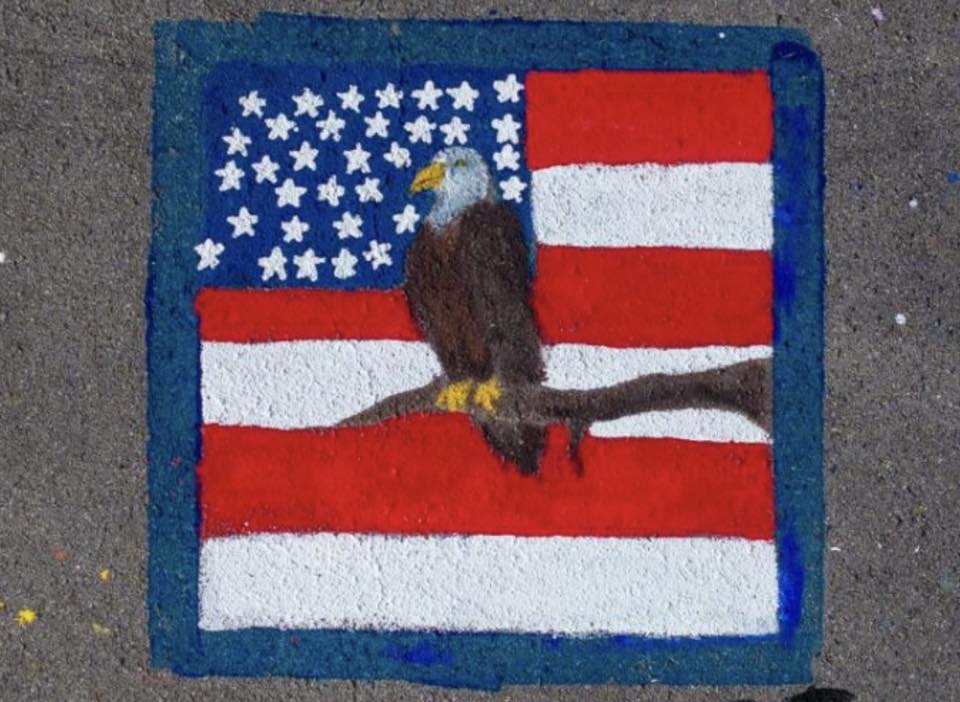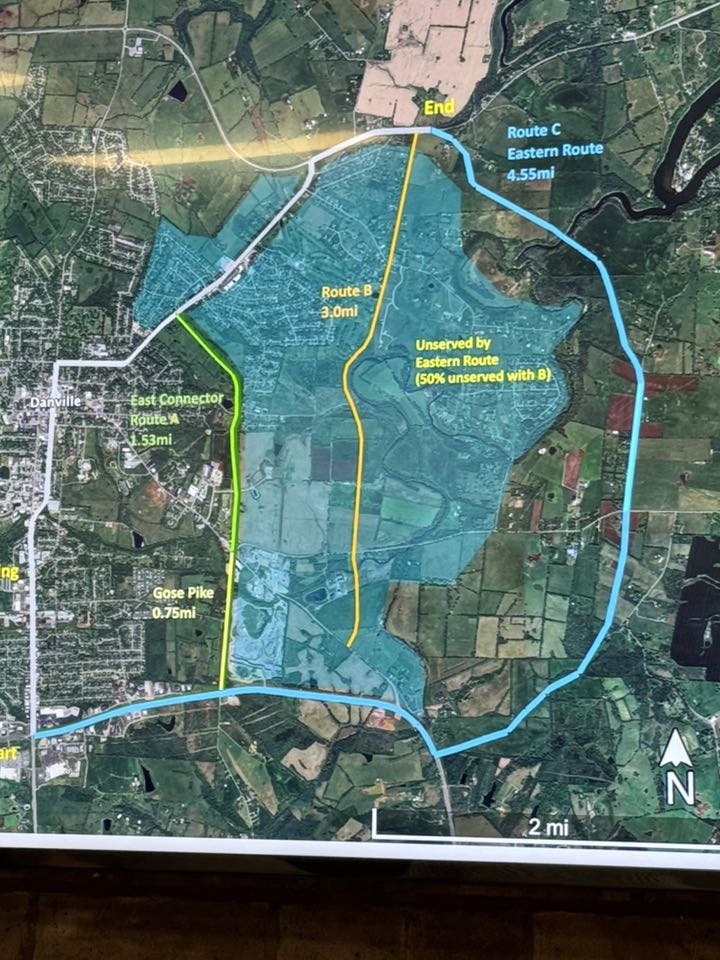A look back at Perryville Battlefield when it was only 21 acres
Published 5:48 pm Monday, October 7, 2019
A story about the 68th anniversary of the Battle of Perryville was on the front page of The Danville Daily Messenger on Oct. 8, 1930. The battle took place on Oct. 8, 1862.
Just this past weekend, the 157th commemoration of the Battle of Perryville was held in the small community.
According to the 1930 newspaper, “many brave soldiers lie buried in the ditches and around the Confederate monument on the grounds.”
Trending
At that time, the battlefield consisted of about 21 acres, which had been purchased by public donations and state funds.
Today it has expanded to more than 800 acres of preserved battleground and includes a museum, monuments, picnic tables, playground and hiking trails through fields that are planted with native grasses and wildflowers.
In 1930, the article stated the Perryville Battlefield was to be taken over as a national cemetery “and preserved for all time,” since Congress had just enacted that law.
The Perryville Battlefield Commission was working on a proposition, and as soon as the organization could get a clear title to the land, the U.S. Government was going to accept the property and build a $5,000 monument on the grounds in honor of the Union soldiers who fell in battle.
However, only part of the battlefield — 4 acres to be exact — was going to be allowed to be deeded to the government because that’s all the Act of Congress called for.
The remaining 17 acres was going to be turned over to the federal government as soon as another bill could be enacted by Congress and approved by the Kentucky General Assembly, “authorizing this commission to dispose of the property purchased with state funds.”
Trending
In other front page news on this day in 1930:
- During the regular monthly meeting of the Danville City Council, L.E. Herron was re-elected as keeper of the workhouse. Herron was said to be popular and efficient, and had made an exceptionally good official. Plus, there had been no opposition. W.S. Glore was granted permission to install two gasoline pumps in front of his business on Second Street between Main and Broadway; and the council decided not to pave Harding Street.
- The Vocational Department of the Parksville High School had just received equipment for students to use in determining the production of each dairy cow in their home herds. The boys studying agriculture were to bring samples of milk from each cow to the school to be tested for butter fat under the supervision of G.C. Letton. This testing would prove which cows were profitable and which ones were not.






